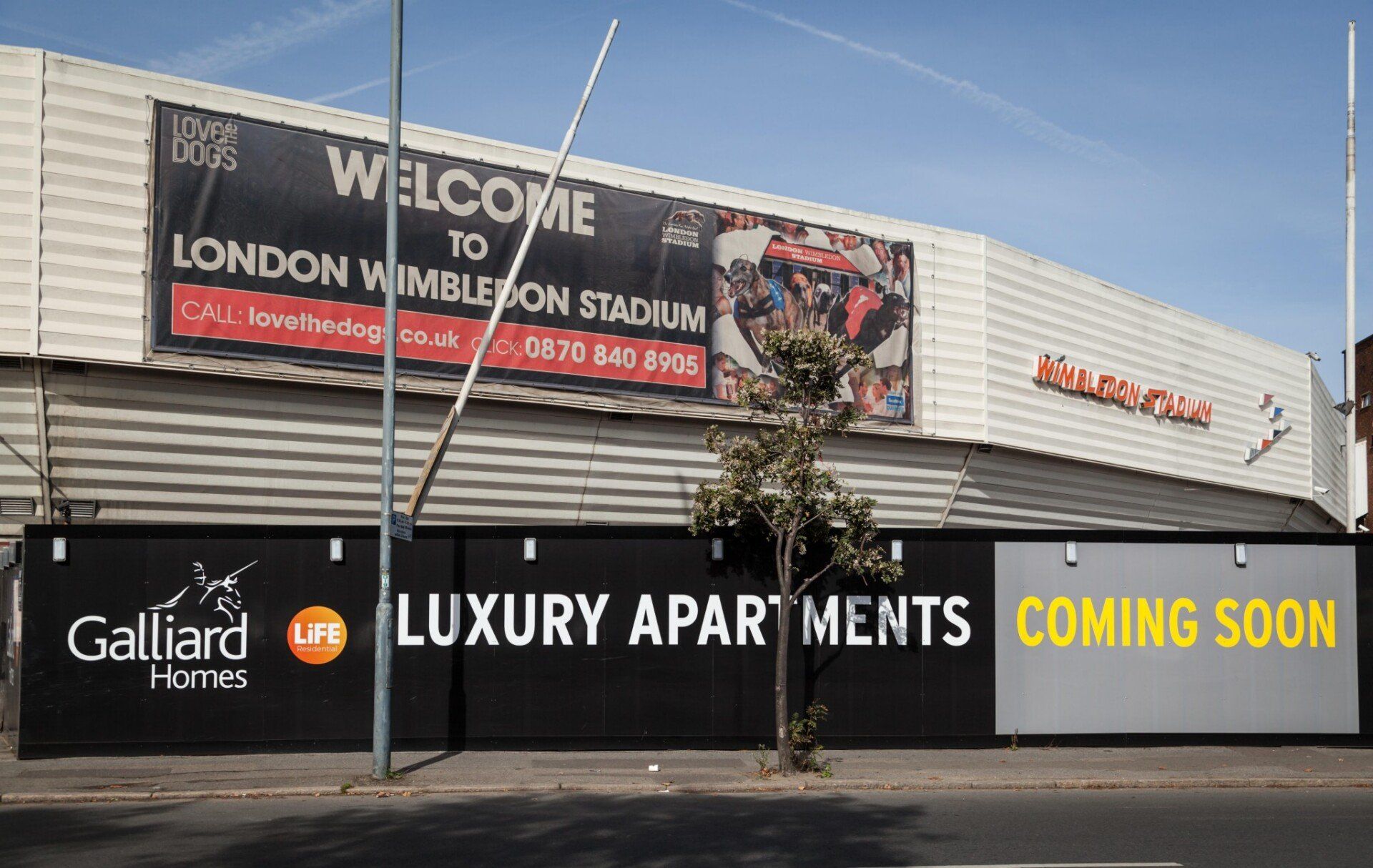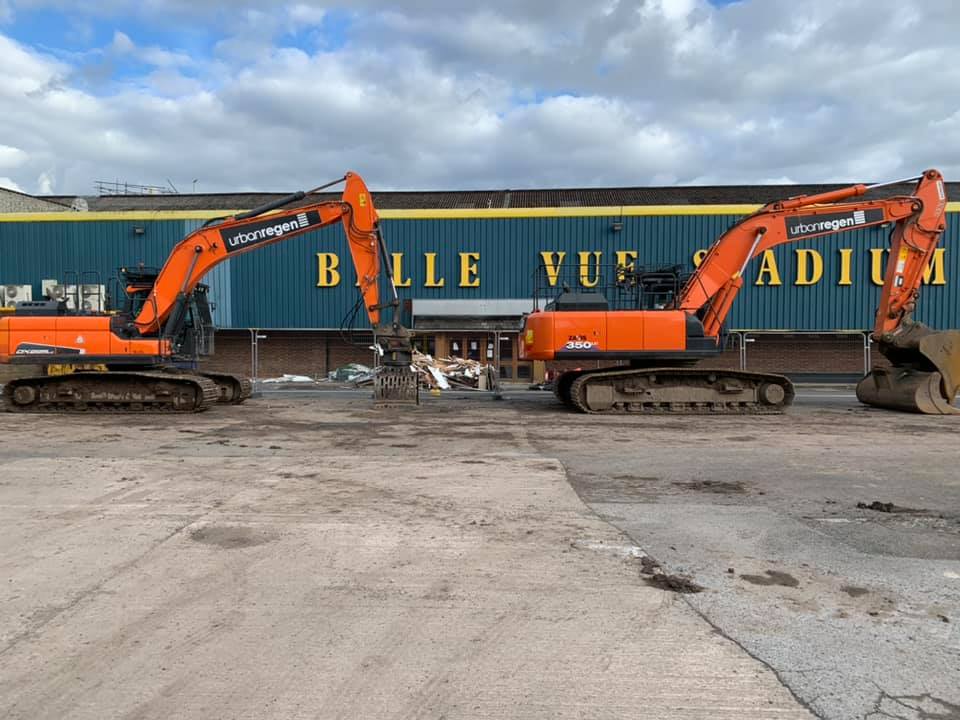THE DEMISE OF RACING
The declining sport of racing greyhounds
A Brief Introduction
British Greyhound racing began in July 1926 at Manchester Belle Vue stadium and by 1927 tracks also began to form in the Republic of Ireland.
In 1967 the bookmakers introduced their Bookmakers Afternoon Greyhound Services to supply pictures (non-live races) to the betting shops on rainy afternoons when horse racing was cancelled. 1986 was the year when the most dreadful fate was drawn up for the greyhounds; a new bill was accepted under the conservative government with deregulation then permitting live racing at betting shops. In 1987 SIS (Satellite Information Services) was formed by major gambling establishments to provide televised races to betting shops.
In 2021, SIS continues to provide their services to the gambling industry, now including online live racing and betting services both in the UK and other worldwide destinations. Today, there are several independent sports and gambling companies operating to provide live racing online, and to the betting shops.
The Demise of THE INDUSTRY
In the mid 1940s there were 77 UK licensed greyhound tracks and in excess of 200 UK unlicensed tracks.
In the UK today, only 20 licensed tracks and 4 active unlicensed tracks exist.
In London there were originally 30 tracks alone at the time when greyhound racing was popular, with those most recognised for a big night out, being Walthamstow, White City and Wimbledon.
Today there are no tracks at all left in the centre of London. The last one to close was Wimbledon, in March 2017.
The 2020/21 Coronavirus pandemic contributed to the closure of Poole, Peterborough and Belle Vue greyhound tracks.
The 3 stadiums closed promptly within just months of each other.
Belle Vue track was the most historic track with it being the 1st track to open in 1926. By 1927 this track had around 70,000 spectators per week.
In the decade before it closed, and according to regular protesters, the Saturday night attendance dropped from an average of 1,400 visitors in 2011 to 700 visitors in 2018.
Belle Vue track had been sought after by property developers and a planning application for a new build had already been passed in 2019. Greyhound trainers and owners began a campaign to fight the track closure. Regardless of this campaign being repeatedly promoted by a local Manchester Evening newspaper, the greyhound racing campaigners were never going to outweigh a new build of 247 houses, with 130 being affordable homes, in a busy city desperate for more housing.
In the last decade, Belle Vue, and Wimbledon were 2 of the most iconic greyhound racing tracks remaining to hold the industry together, they were the last of the pillars that held up greyhound racing, keeping it well promoted.
Since they are no longer existent, the industry's structure has greatly weakened.
There is no doubt that campaign groups and protesters have contributed towards the closure of many greyhound tracks.
Together, they have driven attendances down using exposures that substantiate the cruel plight of the dogs that is so masterfully shrouded to keep the public engaged in gambling and attending races.
Following the latest 3 track closures, sports and gambling/gaming giants ARC and Entain announced a joint venture to take over contracts for 12 racing stadia from the 19 remaining active; many greyhound trainers have since continued to leave the industry.
It appears they do not believe that greyhound racing will be sustainable for much longer or will be able to maintain any level of welfare acceptable to them, once tracks are led by the bookmakers. It appears the days of the small-time trainers are gone, with only the most high profile trainers who keep large numbers of dogs to fill the live broadcasts being encouraged to continue.
WHAT HAPPENS NEXT?
We predict that as the human population increases, so will the need for new housing developments, and as greyhound tracks become less sustainable, they will eventually be at higher risk of being bought out by property developers across the country bringing an end to the cruel practice of greyhound racing.
Meanwhile anti greyhound racing activists proceed to raise awareness in the interests of the public and to reduce the funding that keeps greyhound racing alive, and dogs dying.




